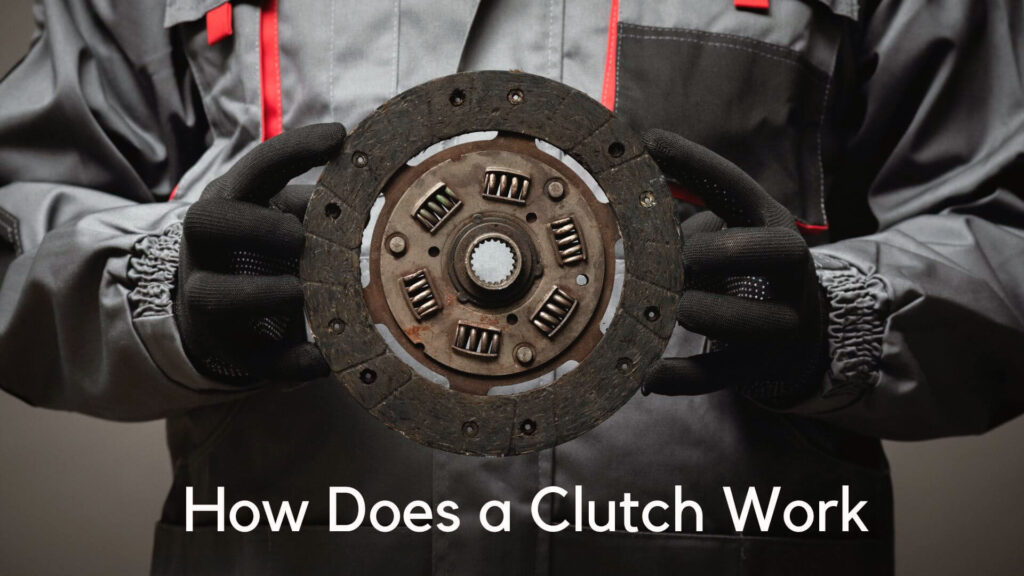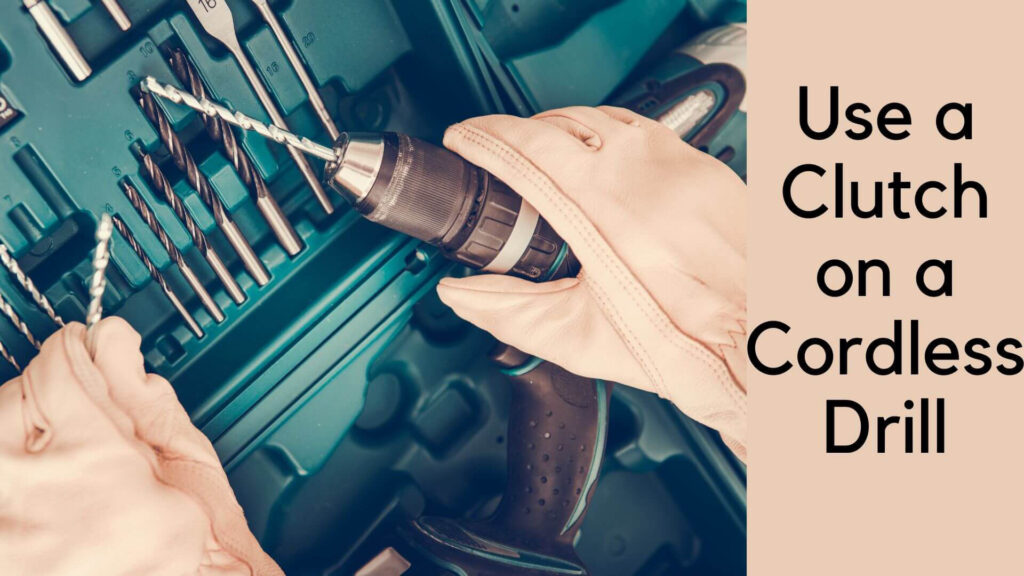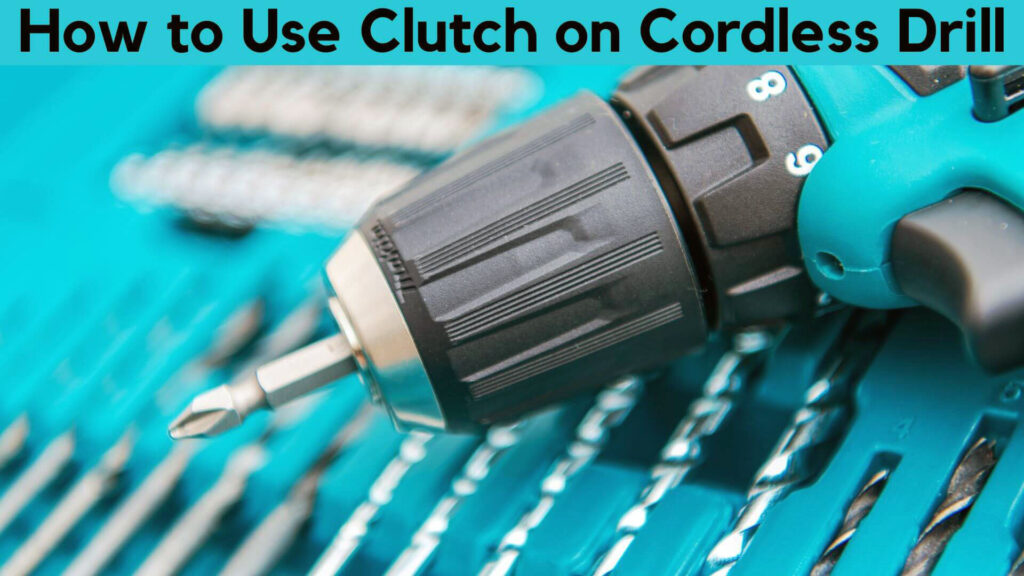If you’re new to using a cordless drill, you may not be familiar with the clutch. The clutch is a device that helps control the drill bit’s speed. You must use a clutch on your cordless drill to improve your drilling performance.
In this blog post, I’ll explain a clutch and why you might want to use one on your cordless drill. We’ll also provide tips on getting the best results when using a clutch.
Table of Contents
What is a Clutch On a Cordless Drill?
The Clutch is a feature on many cordless drills that helps improve your drilling performance. When you use the clutch, it disengages the motor from the bit so that you can hold the drill more easily. This makes the job a whole lot easier, and it’s something that you should use if you want to improve your drilling performance.
How Does a Clutch Work

A clutch is a mechanism that allows two shafts to connect and disconnect while still spinning at high speeds. This connection is made by engaging the teeth on both posts, which locks them together. The amount of torque (or rotational force) that can be transferred between the two shafts is determined by the size of the clutch.
The clutch on cordless drill functions similarly to other types of clutches. It allows the user to control the torque applied to the drill bit, which is essential for making precise holes without damaging the material being drilled.
There are two main types of clutches:
- Manual.
- Automatic.
Manual clutches are operated by a lever or knob, while mechanical clutches engage and disengage based on preset parameters (such as speed or load).
Most cordless drills have an adjustable clutch, giving the user more control over the amount of torque applied to the drill bit. To adjust the clutch, turn the knob or lever to the desired setting.
Why Use a Clutch on a Cordless Drill?
You should use a clutch on your cordless drill when you need to control the speed of the drill bit. For example, when drilling through soft materials like wood, you’ll want to use a lower rate, so you don’t damage the fabric. Conversely, when drilling through more complex materials like metal, you’ll want to use a higher speed to get through the material more quickly. Using a clutch, you can easily adjust the drill bit speed to suit the task.
In addition to controlling the speed of the drill bit, using a clutch can also help you avoid damaging the material you’re drilling into.
For example, if your drill bit gets stuck in the material, you can use the clutch to disengage the drill bit from the material. This will prevent you from damaging either the material or your cordless drill.
Read More: 9 Best Cordless Drill Under 50 Dollars You’ll Love
How to Use a Clutch on a Cordless Drill to Easy Way

Setting the Clutch
First, find the clutch adjustment ring to set the clutch on your cordless drill. This is usually located near the base of the drill, just above the trigger.
Once you have found the adjustment ring, rotate it until it is in the desired position. The further you turn the ring, the higher the setting will be.
Now that you have set the clutch, it is time to start drilling. Place your drill bit on the surface you want to drill into and squeeze the trigger slowly until the bit starts to turn.
As you are drilling, pay attention to how much resistance you are feeling. If you think of a lot of resistance, chances are that you are not using enough pressure or that your bit is dull. If this happens, stop drilling and adjust accordingly.
Drilling with a Clutch
Now that you know how to set the clutch on your cordless drill, it is time to start drilling! Place your drill bit on the surface you want to drill into and squeeze the trigger slowly until the bit starts to turn.
As you are drilling, pay attention to how much resistance you are feeling; if there is too much resistance, stop and adjust before continuing.
Once you have started drilling, continue applying pressure until you reach your desired depth. Then, begin easing up on the trigger as you pull the drill out of the hole; this will help prevent stripped screws or damaged material.
And finally, once your drill is out of the hole, release pressure from the trigger and the chuck key before setting down your cordless drill.
Video Instruction for Learn More:
What Are The Benefits Of Using a Clutch On Your Cordless Drill?
There are many benefits to using a clutch on your cordless drill.
- For one, it can prevent the drill from spinning out of control when you try to drill through hard materials. This is especially important if you use a cordless drill for DIY projects or repairs.
- Another benefit of using a clutch is that it can help conserve power. When the clutch is engaged, the motor in the drill stays at a lower RPM, which helps reduce wear and tear on the motor.
- Using a clutch on your cordless drill includes increased torque and longer battery life. The high torque allows you to drill faster and more precisely, while the long battery life means you can accomplish more in a single drilling session.
- Finally, using a clutch can also save you time. Instead of having to constantly release and re-engage the trigger to keep drilling, with a clutch engaged, the trigger automatically stays in place when you’re drilling.
Clutch Drilling Tips.
How to Drill Straight Holes
If you’re having trouble drilling straight holes, try using a piece of tape or a magnet to help keep the drill bit in place. Another helpful tip is to start the hole by drilling slowly and then increase the speed as you go.
How to Avoid Overheating Your Drill Bit
If your drill bit starts to overheat, it’s important to take a break and let it cool down. One way to avoid overheating is to use lower speeds when drilling and avoid putting too much pressure on the drill bit.
FAQS About How to Use Clutch on Cordless Drill
Why do you need a clutch on a cordless drill?
The clutch on a cordless drill is meant to help the drill’s motor allow for easy start-up.
What is the difference between torque and speed?
Torque is a measure of turning force or a twisting force. Speed is how fast something is spinning.
Is there anything else I need to know about using my cordless drill?
It is best to use lithium-ion batteries as they will not lose charge quickly. If a drill is not used for an extended period of time, it should be stored in a cool, dry place. The drill should not be left in a car due to temperature changes and the risk of corrosion.
Final Verdict
A clutch on a cordless drill can be helpful when you need to drill precise, straight holes. Following the tips in this blog post, you can avoid overheating your drill bit and ensure that your holes are perfectly straight. So, next time you need to use a clutch on a cordless drill, remember these tips and put them into practice.

Hey, I am Shihab Uddin, I’m a huge fan of DIY crafts. My workshop is where I spend most of my spare time, and I’m always working on some project. To that end, I’d like to share some of my knowledge and experience with you in power tools, woodworking, and other specialized materials fabrication.
I will guide you with genuine knowledge that can assist you with deciding whether a drill is appropriate according to your requirements or not. If you want to find the best drill and know which type of drill is most suited for your needs, then I can guide you with my expertise. My passion lies in helping others find the correct products they need at an affordable price.


